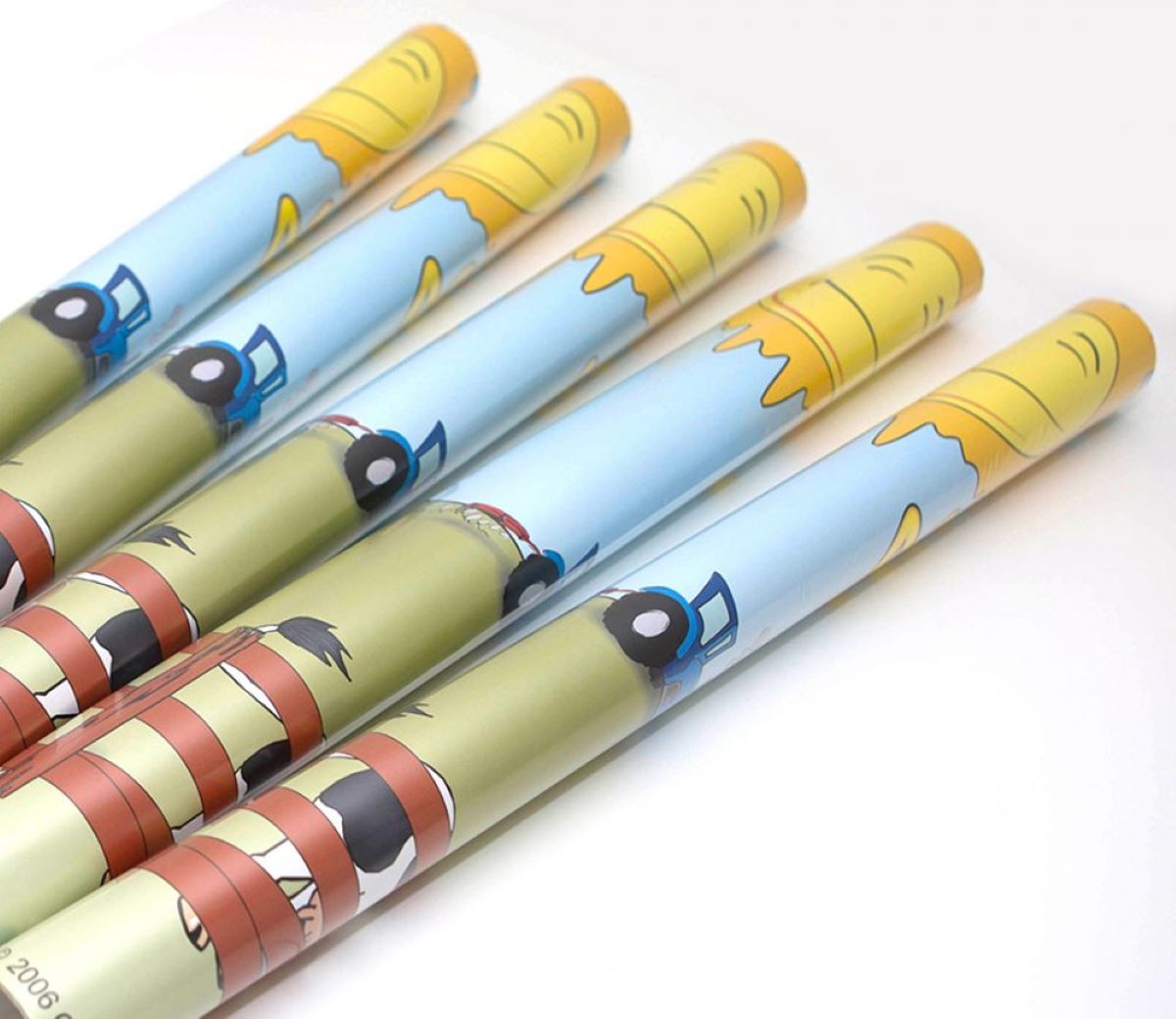

Articles
How To Store Posters Rolled Up
Modified: January 8, 2024
Learn the best way to store articles, particularly posters, by rolling them up properly. Keep your posters safe and protected for future use.
(Many of the links in this article redirect to a specific reviewed product. Your purchase of these products through affiliate links helps to generate commission for Storables.com, at no extra cost. Learn more)
Introduction
Posters are a popular way to decorate walls and showcase art or promote events. However, when it comes to storing posters, many people may not be aware of the best practices. Improper storage can lead to creases, tears, and damage to the posters, diminishing their quality and value over time.
In this article, we will explore the importance of storing posters rolled up and provide a step-by-step guide on how to properly store them. We will also discuss the benefits of storing posters in this manner and offer tips on maintaining their quality while in storage.
Whether you are an art collector, a poster enthusiast, or someone who simply wants to preserve cherished memories, understanding how to store posters rolled up will help you protect and maintain their appearance and value for years to come.
Key Takeaways:
- Storing posters rolled up offers space-saving benefits, prevents creases, and allows for easy transportation and flexible display options, preserving their quality and visual appeal for years to come.
- Properly preparing, wrapping, and storing posters in an ideal location, along with regular maintenance, ensures their longevity and protection from damage, allowing you to enjoy their beauty and value over time.
Read more: How To Store Posters
Benefits of Storing Posters Rolled Up
When it comes to storing posters, rolling them up is a widely recommended method that offers several benefits. Let’s explore the advantages of storing posters rolled up:
- Space Saving: Storing posters rolled up saves valuable storage space compared to storing them flat. Rolled posters can be easily stacked or stored in tubes, making them an ideal option for those with limited storage space.
- Prevents Creases and Folds: Rolling posters eliminates the risk of creases and folds that can occur when they are stored flat. Creasing and folding can ruin the appearance of the poster, making it difficult to display or frame it properly.
- Easy to Transport: Rolled-up posters are much easier to handle and transport than flat posters. They can be easily carried in tubes or containers, protecting them from damage during transportation.
- Preserves Poster Quality: Storing posters rolled up helps preserve their quality and prolong their lifespan. By minimizing exposure to light, dust, moisture, and other environmental factors, rolled posters remain in better condition over time.
- Flexible Display Options: When you store posters rolled up, they can be easily unrolled and displayed as needed. Whether you want to frame them, hang them on the wall, or use them for temporary display, rolled posters offer greater flexibility for presentation.
By storing your posters rolled up, you not only save space and protect them from damage but also ensure their longevity and maintain their visual appeal for years to come.
Preparing Posters for Storage
Before you store your posters rolled up, it’s essential to prepare them properly to ensure their protection. Here are some steps you can take to prepare your posters for storage:
- Remove any Adhesive: If your posters have any adhesive, stickers, or tape attached to them, carefully remove them to avoid any damage or residue.
- Clean the Posters: Dust and dirt can accumulate on posters over time. Gently wipe them down with a clean, dry cloth or use a soft brush to remove any dirt or debris before storing them.
- Repair any Damage: If your posters have any tears, rips, or creases, consider repairing them before storing. Use acid-free archival tape or a conservation-grade adhesive to fix any damage. Consult a professional if you are unsure how to proceed.
- Make Copies: If you have valuable or irreplaceable posters, consider making digital copies or high-quality reproductions. This way, you can still enjoy the artwork even if the original poster is damaged during storage.
- Take Reference Photos: Before rolling up your posters, take reference photos to document their condition. This will be helpful in case you need to file insurance claims or for reference when unrolling the posters in the future.
By taking these steps to properly prepare your posters for storage, you can minimize the risk of damage and ensure their preservation during the storage period.
Choosing the Right Storage Tube
When it comes to storing posters rolled up, selecting the right storage tube is crucial to ensure their protection. Here are some factors to consider when choosing a storage tube:
- Size: The storage tube should be wide enough to comfortably accommodate the rolled-up posters. Measure the width and length of your posters before selecting a tube to ensure a proper fit.
- Material: Look for storage tubes made from sturdy and durable materials such as heavy-duty cardboard, PVC, or polypropylene. Avoid using tubes made from materials that can damage or interact with the posters, such as acidic or chemically reactive materials.
- Closure Mechanism: Consider the type of closure mechanism the storage tube offers. Look for tubes with secure caps or lids that provide a tight seal to prevent dust, moisture, and pests from entering.
- Adjustable Length: Some storage tubes offer adjustable lengths, allowing you to accommodate posters of varying sizes. These types of tubes are convenient if you have posters of different dimensions.
- Archival Quality: For valuable or irreplaceable posters, consider investing in archival-quality storage tubes. These tubes are made from acid-free and lignin-free materials, ensuring the long-term preservation of your posters.
- Labeling: Look for storage tubes that have a space or label area where you can write down the contents or other relevant information. This will make it easier to identify specific posters without having to open each tube.
Take your time to research and choose a storage tube that meets your specific needs and provides adequate protection for your posters. Investing in a high-quality storage tube will help safeguard your posters and maintain their condition for years to come.
Rolling Up Posters Correctly
When it comes to storing posters rolled up, it’s important to roll them correctly to minimize the risk of damage. Follow these steps to ensure you roll up your posters properly:
- Clean Rolling Surface: Choose a clean and flat surface to roll up your posters. Make sure there are no sharp objects or debris that could potentially cause damage.
- Remove Obstructions: Remove any clips, magnets, or other objects attached to the poster before rolling. These can cause creases or leave imprints on the poster surface.
- Handling with Care: Gently handle the poster to avoid bending or applying excessive pressure. Use clean hands or wear gloves to prevent the transfer of oils or dirt onto the poster.
- Start at the Bottom: Begin rolling the poster from the bottom edge. Slowly and evenly roll it up, keeping the poster taut but not too tight.
- Roll in One Direction: Roll the poster in one continuous motion from bottom to top. Avoid stopping and starting the rolling process, as this can lead to uneven pressure and potential creases.
- Secure with Acid-Free Paper: Once rolled, wrap the poster with acid-free archival tissue paper or acid-free glassine paper. This additional layer of protection helps prevent direct contact between the poster and the storage tube.
- Secure with Rubber Bands: If desired, gently secure the wrapped poster with non-adhesive rubber bands. Avoid using tape or adhesive materials directly on the poster, as they can cause damage when removed.
- Label the Tube: If you are storing multiple posters in different tubes, label each tube with the corresponding poster’s information. This will help you easily identify and locate specific posters when needed.
By following these steps, you can roll up your posters correctly, minimizing the risk of creases, tears, or other damage. Remember to handle them with care and take your time to ensure they are rolled up neatly and securely.
Store rolled-up posters in a sturdy tube to prevent creases and damage. Keep them in a cool, dry place away from direct sunlight to avoid fading. Avoid storing them flat to prevent curling at the edges.
Read more: How To Store Posters Flat
Wrapping Posters for Added Protection
While storing posters rolled up provides a level of protection, wrapping them with additional layers can offer added safeguarding measures. Here are some tips for wrapping your posters for enhanced protection:
- Acid-Free Archival Tissue Paper: Before inserting the rolled-up poster into the storage tube, wrap it with acid-free archival tissue paper. This type of paper is specifically designed to prevent acid transfer and protect against moisture and pollutants.
- Glassine Paper: Another effective option for wrapping posters is using acid-free glassine paper. This thin and translucent paper creates a protective barrier against dust, dirt, and light while allowing the poster to be visible without the risk of damage. Wrap the rolled-up poster tightly with glassine paper before placing it in the tube.
- Plastic Sleeve: For an extra layer of protection, consider placing the wrapped poster in a plastic sleeve that is designed for archival purposes. These sleeves are made from archival-grade materials that prevent moisture and dust from reaching the poster while still allowing for easy visibility.
- Padding: If you are storing multiple posters in the same tube, it’s advisable to place a layer of padding material, such as bubble wrap or foam, between each poster. This helps prevent them from rubbing against each other and causing potential damage.
- Reinforce the Tube: If you are concerned about the durability of the storage tube or want to provide additional protection, consider reinforcing the tube with a layer of bubble wrap on the exterior. This will help absorb any impact during handling or storage.
- Store Flat: If you do not have access to storage tubes or prefer an alternative method, you can opt to store posters flat between acid-free boards. This method is ideal for delicate or valuable posters that require the utmost protection against any potential damage.
By following these wrapping techniques, you can ensure that your posters are well-protected from external elements, such as light, moisture, and dust, while maintaining their visual quality and longevity.
Finding the Ideal Storage Location
When it comes to storing posters rolled up, choosing the right storage location is crucial to maintain their condition and longevity. Here are some factors to consider when identifying the ideal storage location:
- Avoid Direct Sunlight: Look for a storage location that is away from direct sunlight. Prolonged exposure to UV rays can cause the colors of the posters to fade over time. If sunlight cannot be completely avoided, consider using UV-filtering window film or shades to protect the posters.
- Controlled Temperature and Humidity: Select a storage area that maintains a stable temperature and humidity level. Extreme temperature fluctuations and high humidity can contribute to the deterioration of the posters. Aim for a temperature of around 65-75°F (18-24°C) and a relative humidity of 40-50% for optimal preservation.
- Avoid High-Moisture Areas: Stay away from areas prone to moisture, such as basements, attics, or spaces with water pipes. Excessive moisture can lead to mold growth, paper warping, and damage to the posters. Consider using dehumidifiers or moisture-absorbing products to maintain a dry environment.
- Free from Pests: Ensure the storage location is free from pests, such as insects or rodents, which can cause damage to the posters. Use pest control measures, such as traps or repellents, if necessary.
- Avoid Heavy Traffic Areas: Keep the storage area away from high-traffic areas to minimize the risk of accidental damage. Store the posters in a location where they are less likely to be bumped or knocked over.
- Elevate from the Floor: Whenever possible, store the posters off the floor to protect them from potential water damage. Consider using shelves, racks, or hanging systems to keep the posters elevated and away from potential spills or flooding.
- Organized and Labeled: Maintain an organized system for storing your rolled posters. Use labels or an inventory list to keep track of the contents of each storage tube, making it easier to locate specific posters when needed.
- Accessibility: Prioritize easy access to your stored posters. If you frequently rotate or change the displayed posters, ensure that they are easily retrievable without causing damage to the other stored posters.
By considering these factors, you can find the ideal storage location that provides a controlled environment, minimizes the risk of damage, and ensures the longevity of your rolled-up posters.
Storing the Posters Rolled Up
After preparing your posters and identifying the ideal storage location, it’s time to store them rolled up. Follow these steps to ensure proper storage:
- Choose the Right Storage Tubes: Place each rolled-up poster into a suitable storage tube. Ensure the tubes are clean and made from durable, archival-quality materials to provide optimal protection.
- Secure the Caps or Lids: Make sure the caps or lids of the storage tubes are securely fastened to prevent any dust, moisture, or pests from entering.
- Arrange the Tubes: Place the storage tubes in an upright position or stack them horizontally, depending on the available space. If stacking horizontally, ensure that the tubes are stable and secure to prevent them from falling or rolling.
- Keep the Tubes Vertical: If possible, store the tubes vertically to prevent any potential damage to the rolled-up posters. This also helps to maintain their shape and reduces the risk of creases or tears.
- Avoid Overpacking: Do not overstuff the storage tubes with too many posters. This can put excessive strain on the rolled posters and increase the risk of damage. Give each poster enough space within the tube for a proper fit.
- Keep in a Climate-Controlled Area: Ensure that the storage area has a consistent temperature and humidity level. Avoid areas that are susceptible to extreme temperature fluctuations, high humidity, or excessive dryness, as these conditions can adversely affect the posters.
- Regularly Inspect: Schedule periodic inspections of the stored posters to ensure they remain in good condition. Check for any signs of damage, pests, or environmental issues, and take necessary action if any concerns arise.
- Handle with Care: When retrieving or handling the stored posters, take care to avoid any mishandling or dropping. Use clean hands or wear gloves to prevent oils and dirt from transferring onto the posters.
Following these steps will help ensure that your posters are stored properly, reducing the risk of damage and preserving their quality for future enjoyment.
Tips for Maintaining Poster Quality
Maintaining the quality of your stored posters is essential to preserve their visual appeal and longevity. Here are some tips to help you maintain the quality of your posters:
- Proper Handling: Always handle your posters with clean hands or wear gloves to prevent oils, dirt, or moisture from transferring onto the paper. Handle them gently to avoid creasing or tearing.
- Minimize Touching: Limit the extent to which you touch the surface of the poster. Oils and acids from your skin can deteriorate the paper and ink over time.
- Display with UV-Protective Glass: If you choose to display your posters, use UV-protective glass or acrylic to prevent fading and damage from sunlight. This will help prolong the poster’s colors and overall quality.
- Regular Cleaning: Dust your posters regularly using a soft, dry cloth or a soft brush to remove any accumulated dirt or particles. Avoid using liquid cleaners or harsh chemicals, as they can damage the poster’s surface.
- Rotate Posters: If you have a collection of posters, consider rotating them periodically to prevent prolonged exposure to light and minimize fading in specific areas.
- Avoid Adhesive Materials: Do not use adhesive materials directly on the posters, as they can cause permanent damage when removed. Use acid-free, archival-quality methods for attaching posters to walls or displays.
- Store in Acid-Free Environments: Acidic storage materials can deteriorate the quality of your posters over time. Use acid-free archival supplies, such as tissue paper, storage tubes, and mounting boards, to ensure the posters are protected from acid transfer.
- Monitor Temperature and Humidity Levels: Regularly check the temperature and humidity levels in the storage area to ensure they remain within the recommended range. Extreme fluctuations or high levels can damage the paper and ink.
- Avoid Prolonged Exposure to Light: When displaying your posters, avoid placing them in direct sunlight or areas with strong, continuous artificial lighting. Light exposure can cause fading and damage the colors over time.
- Keep Records: Maintain a record or inventory of your poster collection, including details such as date acquired, condition, and any restoration or preservation work done. This will help you track the history and condition of the posters over time.
By following these tips, you can ensure that your posters retain their quality and visual appeal, whether they are stored or displayed. Proper handling, cleaning, and storage techniques will contribute to the longevity of your posters, allowing you to enjoy them for years to come.
Read more: How To Roll Up A Carpet
Conclusion
Storing posters rolled up is a practical and effective method to preserve their quality and protect them from damage. By following the right techniques and taking necessary precautions, you can ensure that your poster collection remains in excellent condition for years to come.
In this article, we discussed the benefits of storing posters rolled up, including space-saving, preventing creases, easy transportation, preserving quality, and flexible display options. Properly preparing posters for storage, choosing the right storage tube, rolling them up correctly, and wrapping them for added protection are all important steps to maintain their condition.
Finding the ideal storage location, one that is away from direct sunlight, maintains controlled temperature and humidity, and is free from moisture and pests, is crucial to preserving the posters. Regularly inspecting and handling the posters with care are important practices to ensure their longevity.
Furthermore, by following tips for maintaining poster quality, such as proper handling, minimizing touching, displaying with UV-protective glass, regular cleaning, and avoiding adhesive materials, you can further enhance the preservation of your posters over time.
Remember, the key to successfully storing posters rolled up is to create a suitable environment that minimizes exposure to light, dust, humidity, and pests. By taking the necessary steps and implementing best practices, you can safeguard your poster collection and enjoy its beauty and value for years to come.
Frequently Asked Questions about How To Store Posters Rolled Up
Was this page helpful?
At Storables.com, we guarantee accurate and reliable information. Our content, validated by Expert Board Contributors, is crafted following stringent Editorial Policies. We're committed to providing you with well-researched, expert-backed insights for all your informational needs.
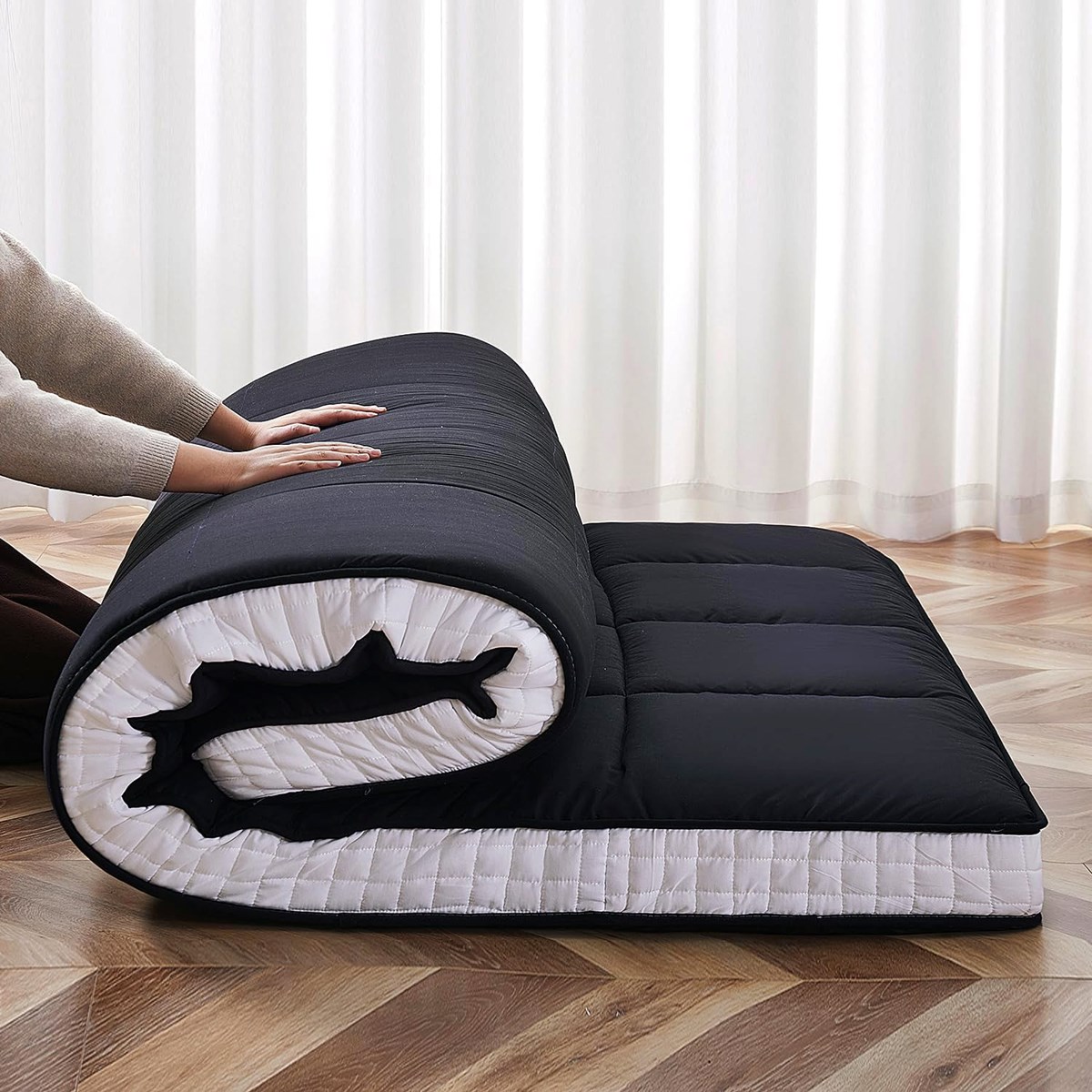

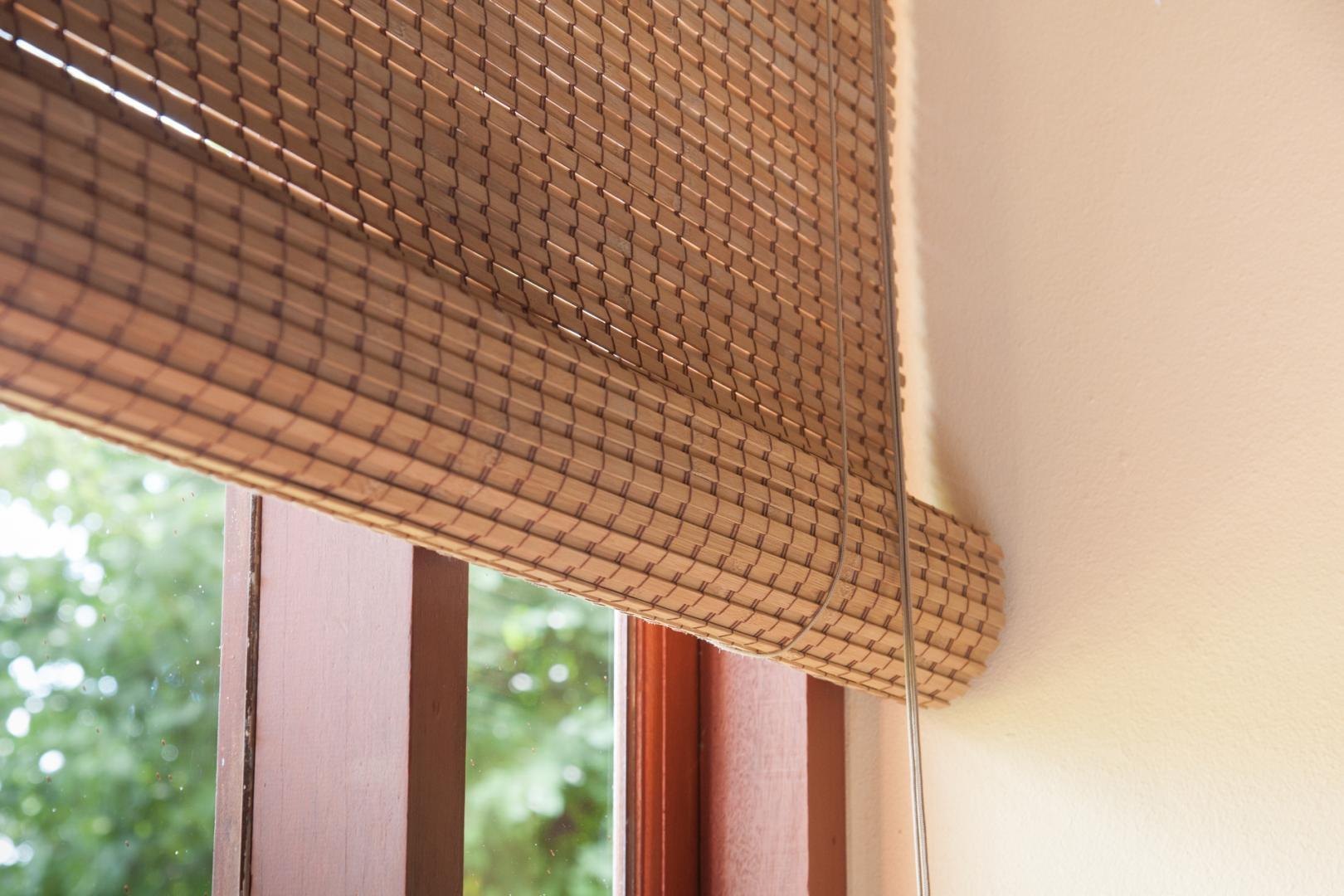
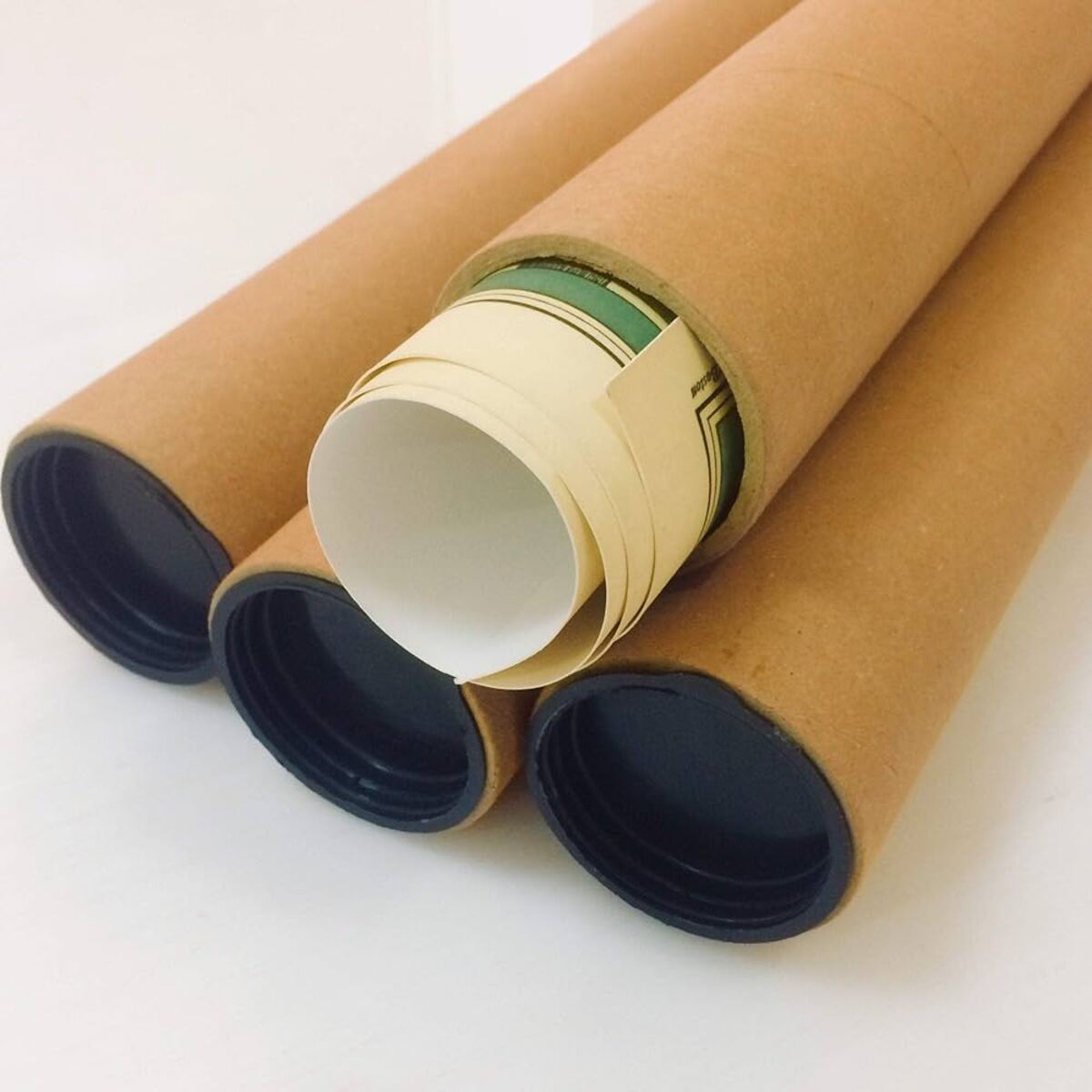
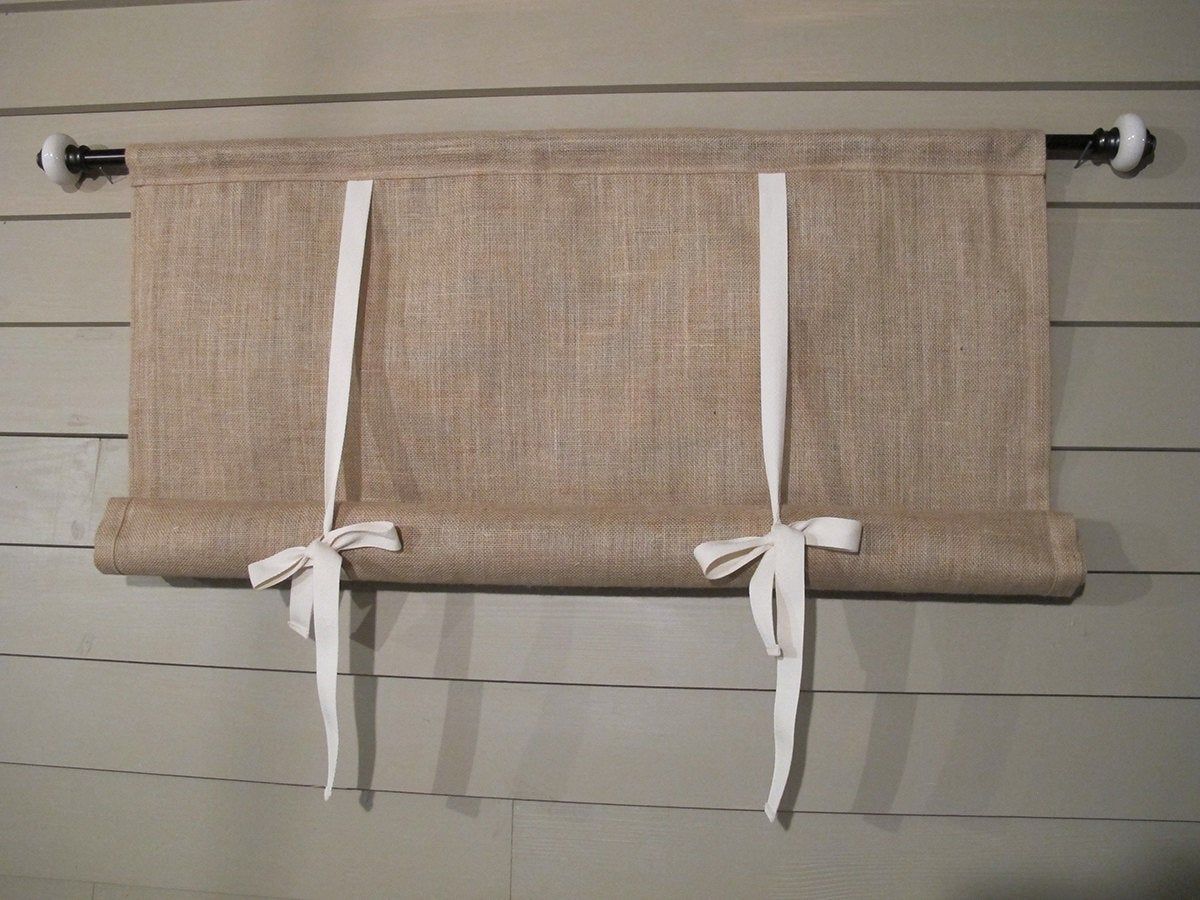

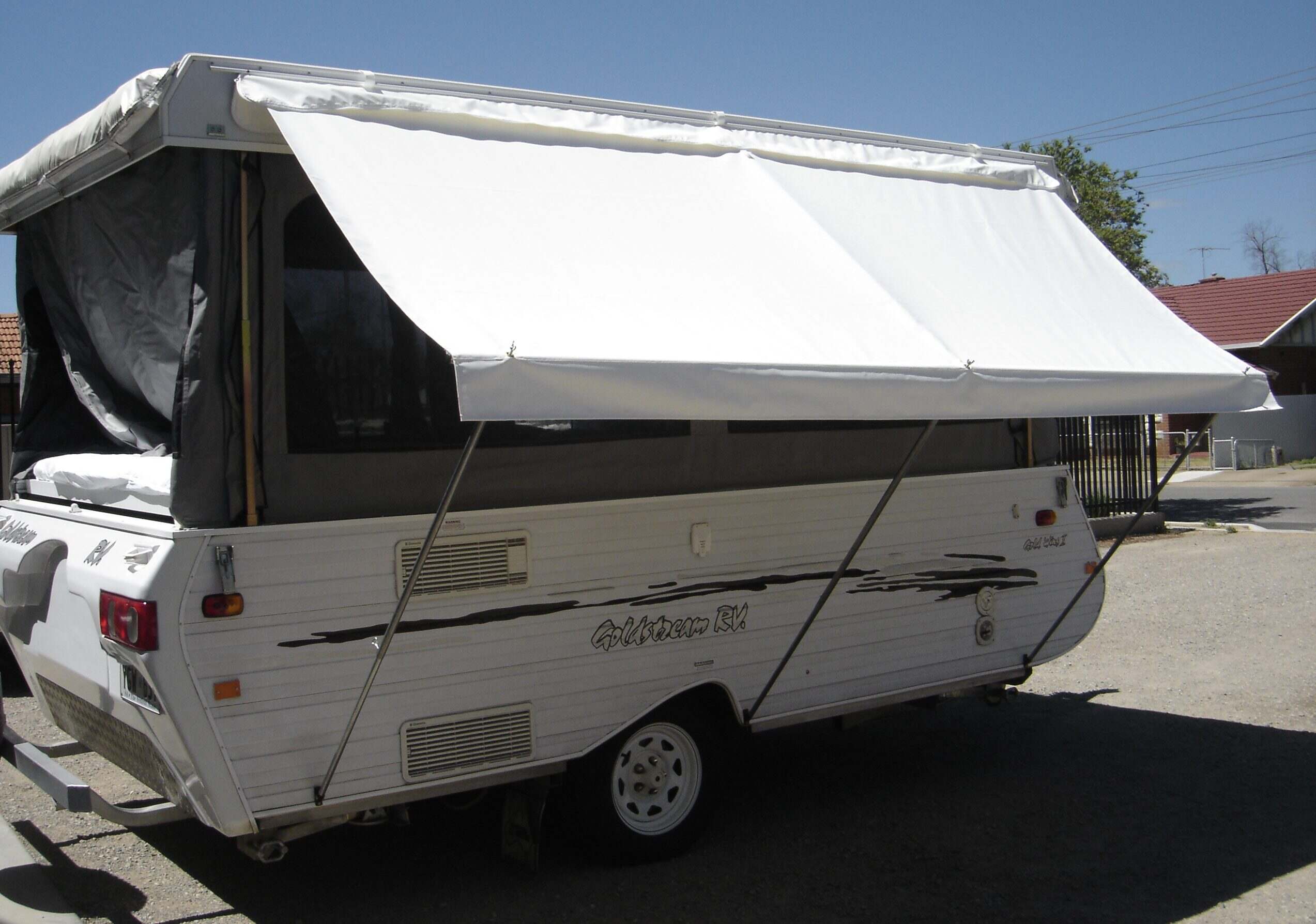
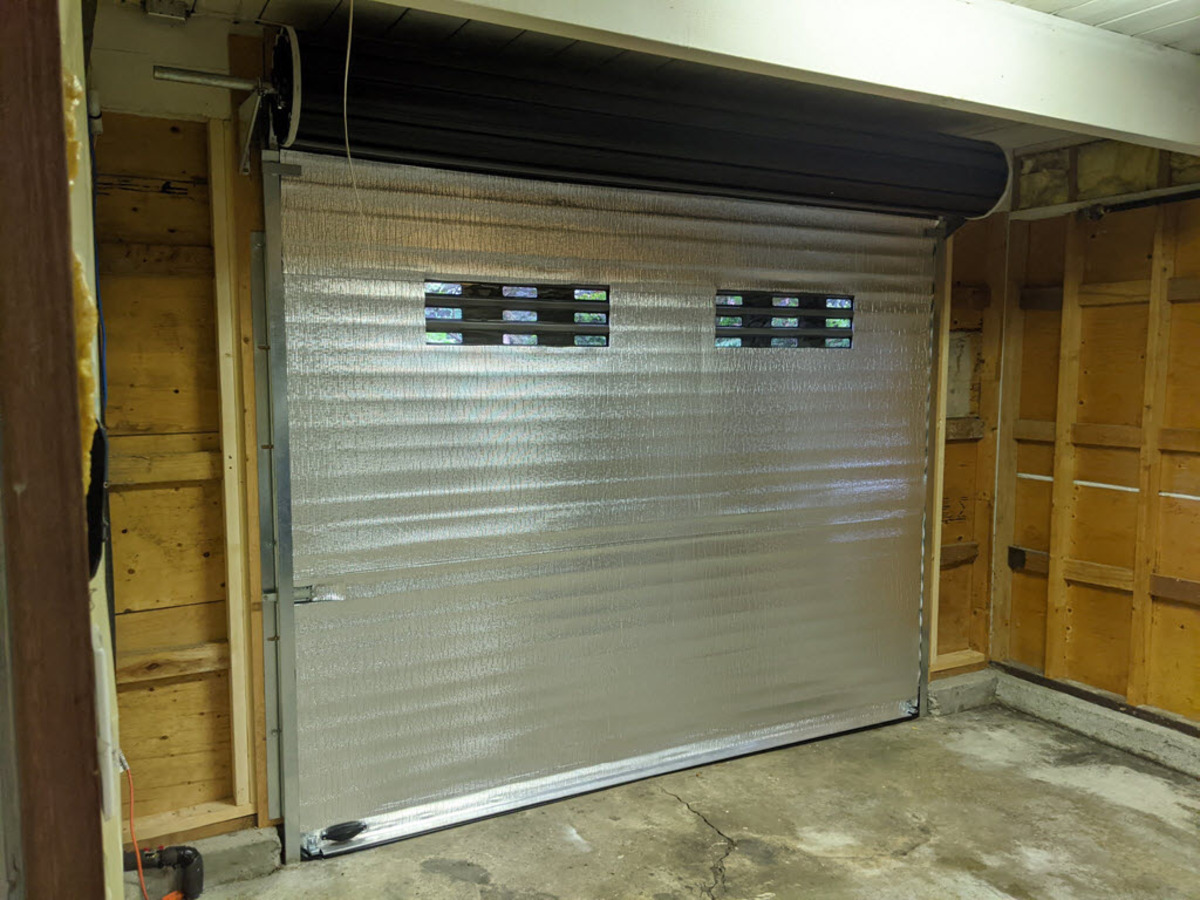
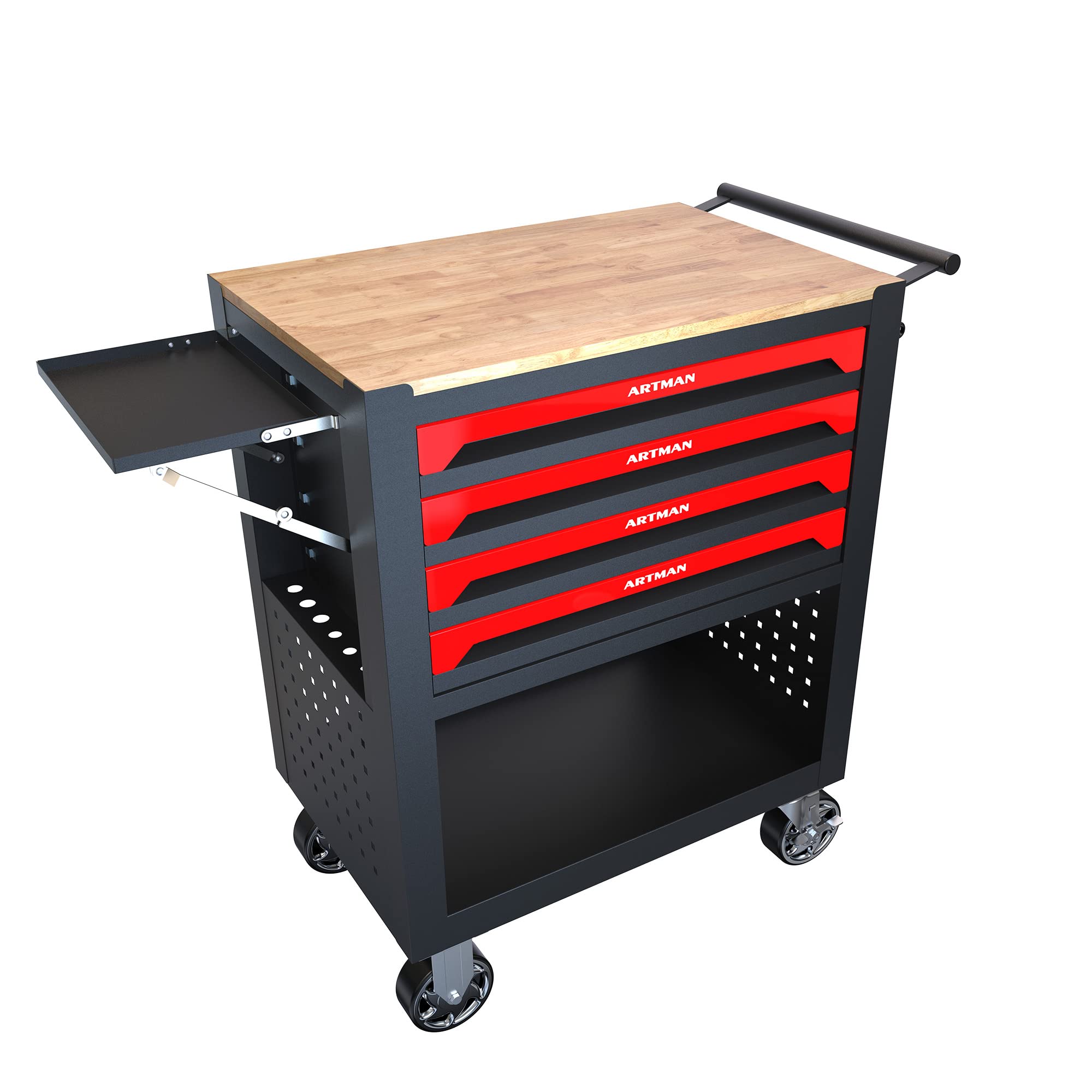
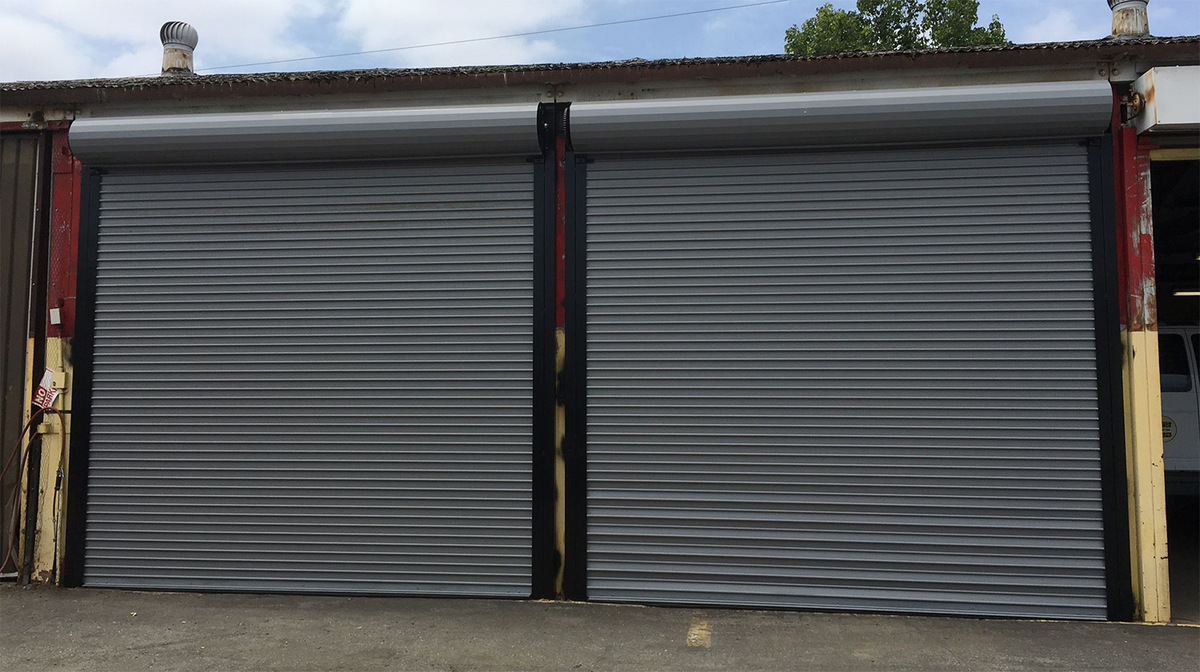
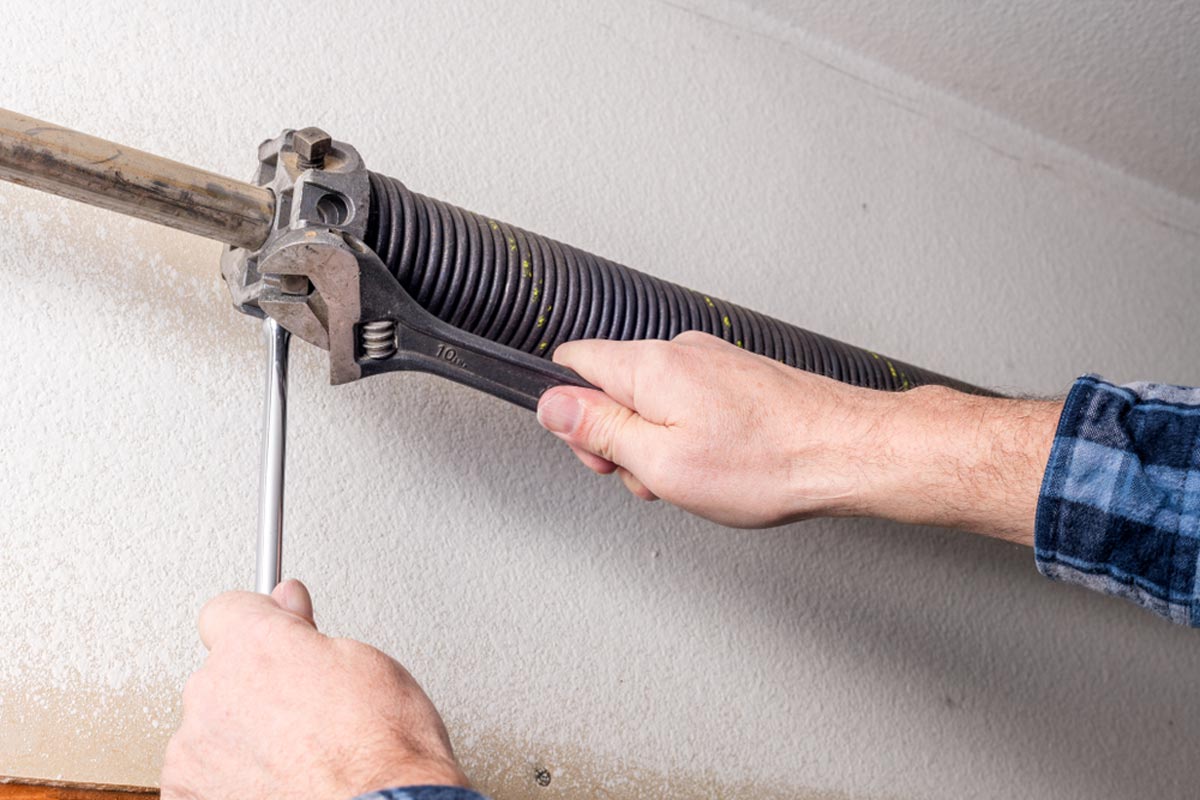
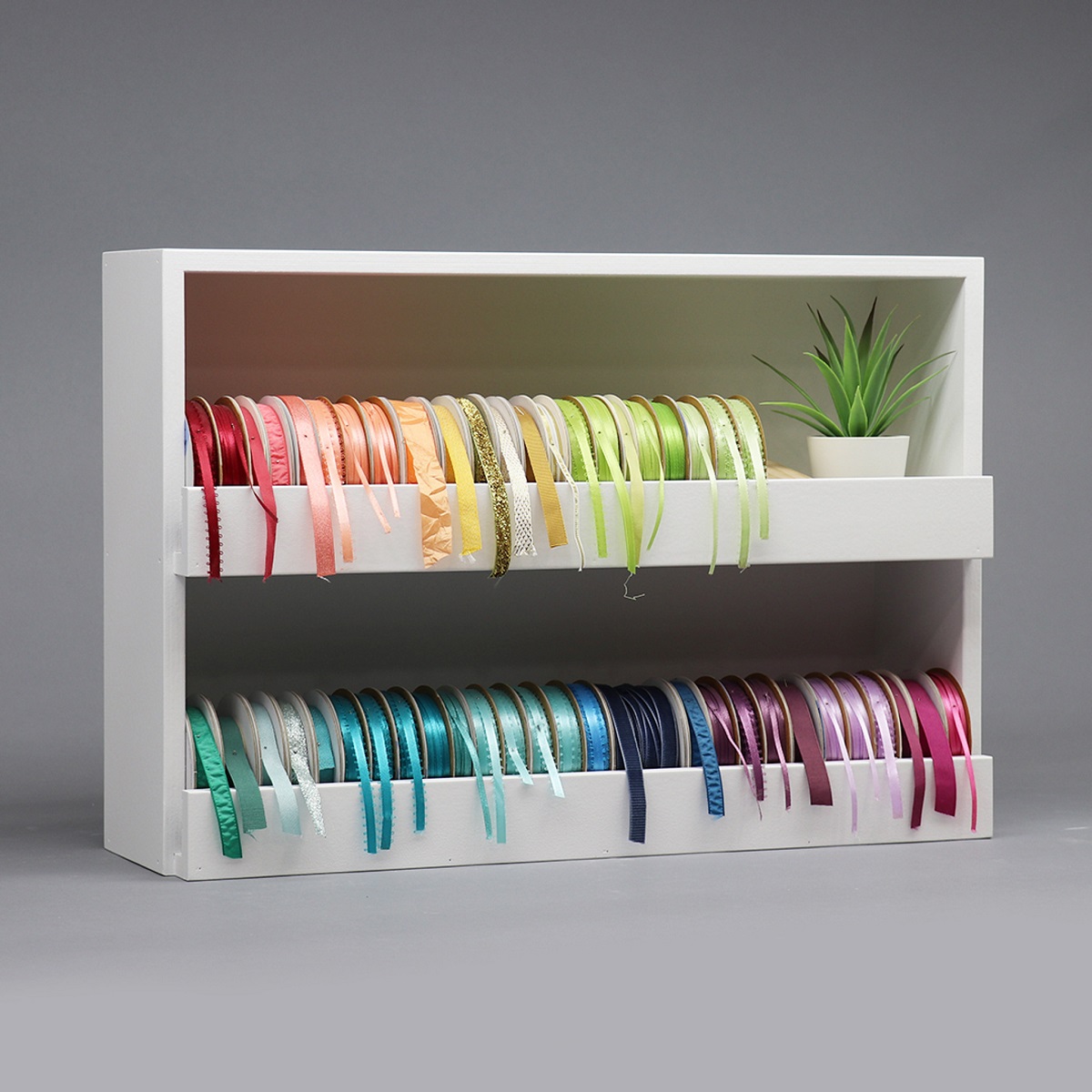


0 thoughts on “How To Store Posters Rolled Up”